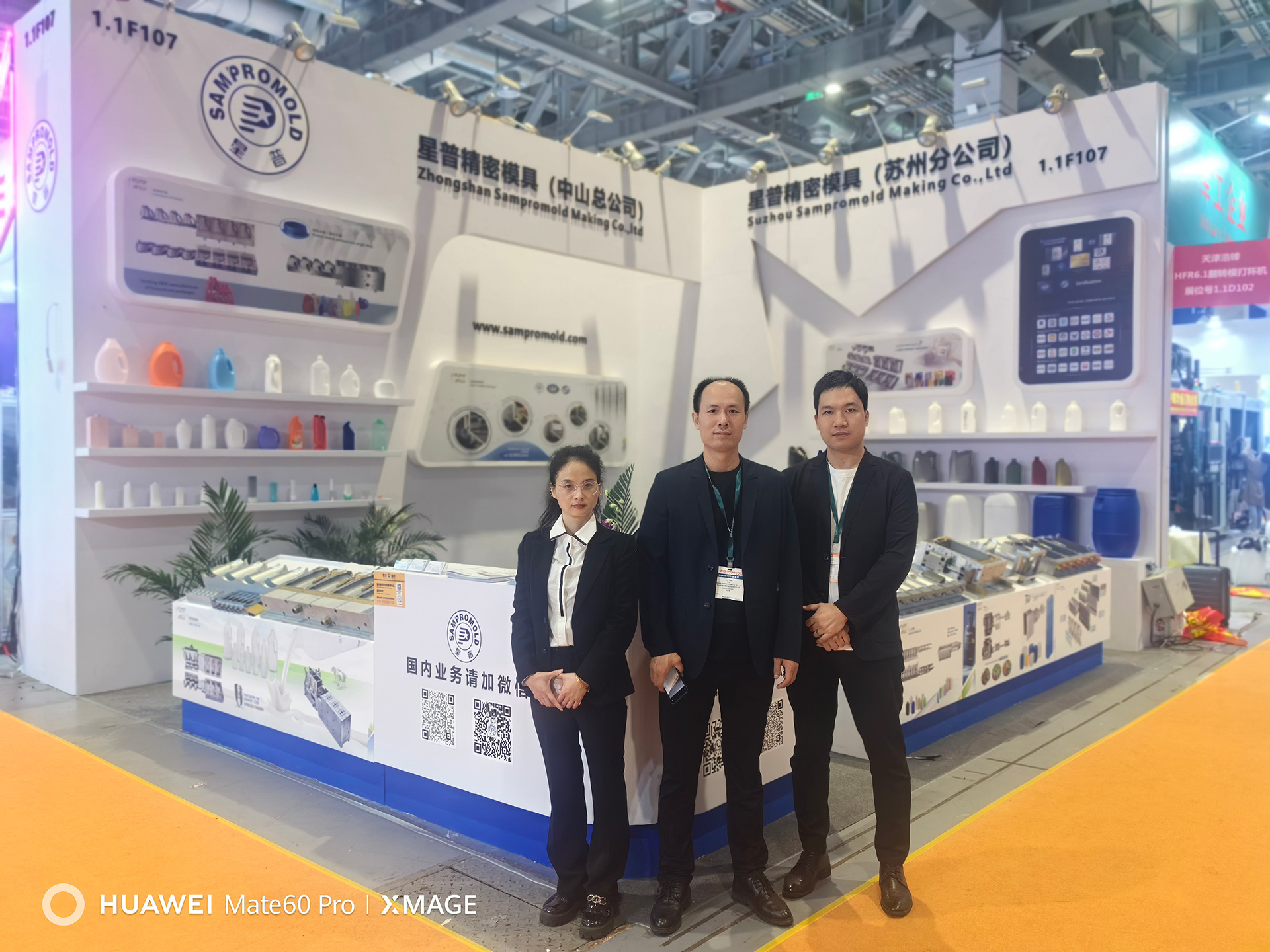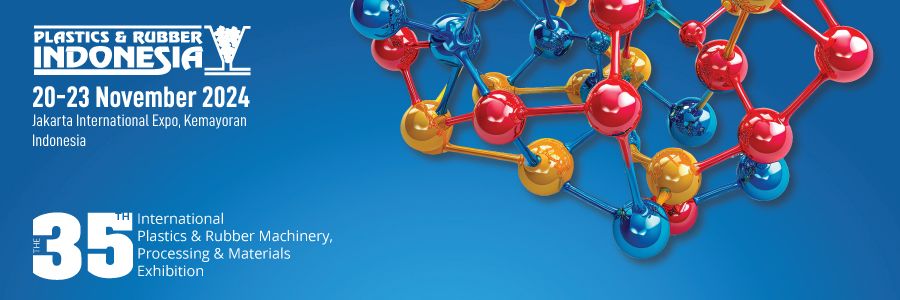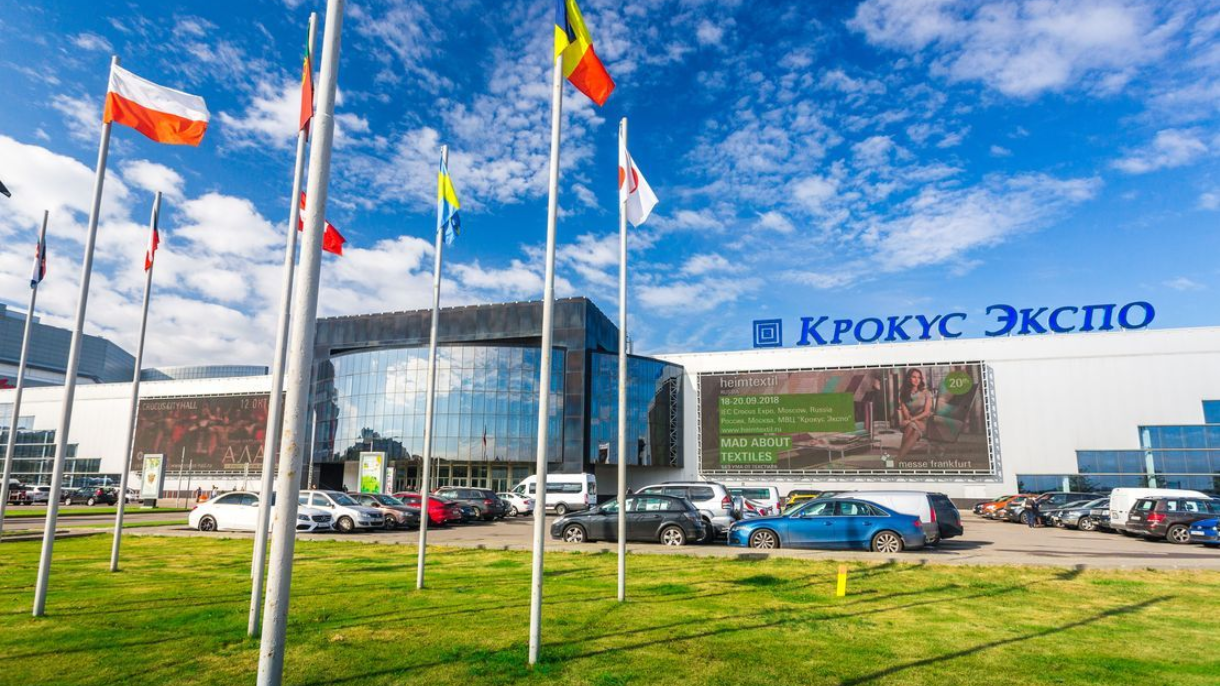Unlocking Efficiency: The Best LSR Injection Mold for Your Manufacturing Needs
Time:
2025-07-12
Unlocking Efficiency: The Best LSR Injection Mold for Your Manufacturing Needs
Table of Contents
- 1. Introduction to LSR Injection Molding
- 2. What is Liquid Silicone Rubber (LSR)?
- 3. Benefits of Using LSR in Manufacturing
- 4. Choosing the Right LSR Injection Mold
- 5. Optimizing Your LSR Injection Molding Process
- 6. Common Challenges in LSR Injection Molding
- 7. The Future of LSR Injection Molding Technology
- 8. Frequently Asked Questions
- 9. Conclusion
1. Introduction to LSR Injection Molding
The manufacturing industry is constantly evolving, and efficiency is a key factor in staying competitive. One innovative solution that has gained traction is **Liquid Silicone Rubber (LSR) injection molding**. This process is renowned for its ability to produce high-quality, flexible components with intricate designs. In this guide, we will explore how to choose the best LSR injection mold for your manufacturing needs, optimizing efficiency throughout the process.
2. What is Liquid Silicone Rubber (LSR)?
Liquid Silicone Rubber (LSR) is a two-part silicone material that is processed in a liquid state. It is known for its exceptional flexibility, durability, and resistance to extreme temperatures, making it an ideal choice for a wide range of applications. LSR is used extensively in industries such as medical devices, automotive components, consumer products, and electronics.
LSR molding involves mixing two components, which are then injected into a custom mold. The advantages of LSR include:
- **High-temperature resistance:** LSR can withstand extreme conditions without losing its properties.
- **Chemical resistance:** It is resistant to many chemicals, making it suitable for various applications.
- **Biocompatibility:** LSR is safe for medical uses, ensuring it meets strict health regulations.
- **Precision and detail:** The liquid form allows for complex designs and fine details.
3. Benefits of Using LSR in Manufacturing
Utilizing LSR in your manufacturing process offers numerous benefits that can lead to increased productivity and cost savings. Here are some of the key advantages:
3.1 Enhanced Production Efficiency
LSR injection molding allows for high-speed production with minimal cycle times. The rapid curing properties of LSR enable manufacturers to produce parts quickly without compromising quality.
3.2 Versatility in Design
The fluid nature of LSR enables the creation of intricate shapes and designs that are difficult to achieve with traditional materials. This versatility is particularly beneficial for manufacturers looking to innovate and differentiate their products.
3.3 Reduced Waste and Scrap
LSR molding produces less waste than other methods, as the precision of the molds leads to fewer defects. This reduction in scrap material translates to cost savings and a more sustainable manufacturing process.
3.4 Improved Product Durability
Products made from LSR are not only flexible but also exhibit excellent durability. This makes them ideal for applications that require longevity and resistance to wear and tear.
4. Choosing the Right LSR Injection Mold
Selecting the right **LSR injection mold** is crucial for optimizing your production process. Here are several factors to consider:
4.1 Mold Design Considerations
When designing an LSR injection mold, it is essential to consider the following:
- **Complexity of the part:** More complex designs may require advanced mold engineering.
- **Draft angles:** Proper draft angles facilitate easy part removal from the mold.
- **Cooling channels:** Effective cooling channels help maintain consistent temperatures during the molding process.
4.2 Mold Materials: What to Choose?
The choice of mold materials significantly impacts the efficiency of the injection process. Common materials include:
- **Aluminum:** Lightweight and cost-effective, suitable for low to medium production runs.
- **Steel:** Durable and long-lasting, ideal for high-volume production, though more expensive.
Choosing between aluminum and steel depends on your production needs, budget, and desired lifespan of the mold.
4.3 Types of LSR Injection Molds
There are various types of molds used in LSR injection molding, including:
- **Cold runner molds:** Utilize a system that keeps the material at a lower temperature until it enters the cavity. This type is cost-effective but may result in wasted material.
- **Hot runner molds:** Keep the material heated throughout the process, reducing waste and improving cycle times but at a higher initial investment.
Understanding these differences will help you select the most suitable mold type for your manufacturing needs.
5. Optimizing Your LSR Injection Molding Process
To ensure the highest efficiency in your production, consider the following optimization strategies:
5.1 Temperature Settings for LSR Molding
The temperature of the mold and the material itself are critical for the successful curing of LSR. Proper temperature settings can lead to faster cycle times and improved part quality. Typically, the recommended temperature for LSR molding ranges between 150°C to 200°C (302°F to 392°F).
5.2 Cycle Time Optimization
Reducing cycle time without compromising quality is vital for maximizing productivity. Analyzing and adjusting the injection speed, cooling time, and ejection time can significantly impact overall efficiency. Implementing a continuous improvement strategy will help identify bottlenecks and streamline operations.
6. Common Challenges in LSR Injection Molding
While LSR injection molding offers many benefits, manufacturers may encounter challenges such as:
- **Material wastage:** Improper mold design can lead to excess material.
- **Inconsistent quality:** Variations in temperature and pressure can result in defects.
- **Mold maintenance:** Regular maintenance is required to avoid wear and damage to molds.
Addressing these challenges proactively can help maintain production efficiency and product quality.
7. The Future of LSR Injection Molding Technology
As technology advances, so does the potential for LSR injection molding. Innovations such as automation and advanced robotics are set to enhance efficiency even further. The integration of 3D printing and smart technology will also likely revolutionize mold design and production processes, allowing manufacturers to achieve unprecedented levels of precision and flexibility.
8. Frequently Asked Questions
8.1 What industries benefit from LSR injection molding?
**Liquid Silicone Rubber** is widely used in medical, automotive, consumer goods, and electronics industries due to its durability and versatility.
8.2 How does LSR compare to traditional silicone molding?
**LSR** offers faster curing times, reduced waste, and better precision, making it a superior choice for complex designs.
8.3 What factors affect the cost of LSR injection molds?
Key factors include the complexity of the design, type of materials used, and the mold's expected lifespan.
8.4 Can LSR molds be reused?
Yes, **LSR molds** can be reused for multiple production runs, making them a cost-effective solution for manufacturers.
8.5 How do I ensure the quality of LSR parts?
Implementing strict quality control measures, optimizing molding parameters, and conducting regular maintenance on molds can help ensure consistent quality.
9. Conclusion
Understanding and utilizing the best **LSR injection molds** is essential for manufacturers looking to enhance efficiency and product quality. By considering mold design, materials, and optimization strategies, businesses can unlock significant benefits in their production processes. As technology continues to advance, staying informed about the latest developments in LSR injection molding will ensure that your manufacturing operations remain competitive and productive. Embrace the advantages of LSR and transform your manufacturing capabilities today.
RELATED NEWS












